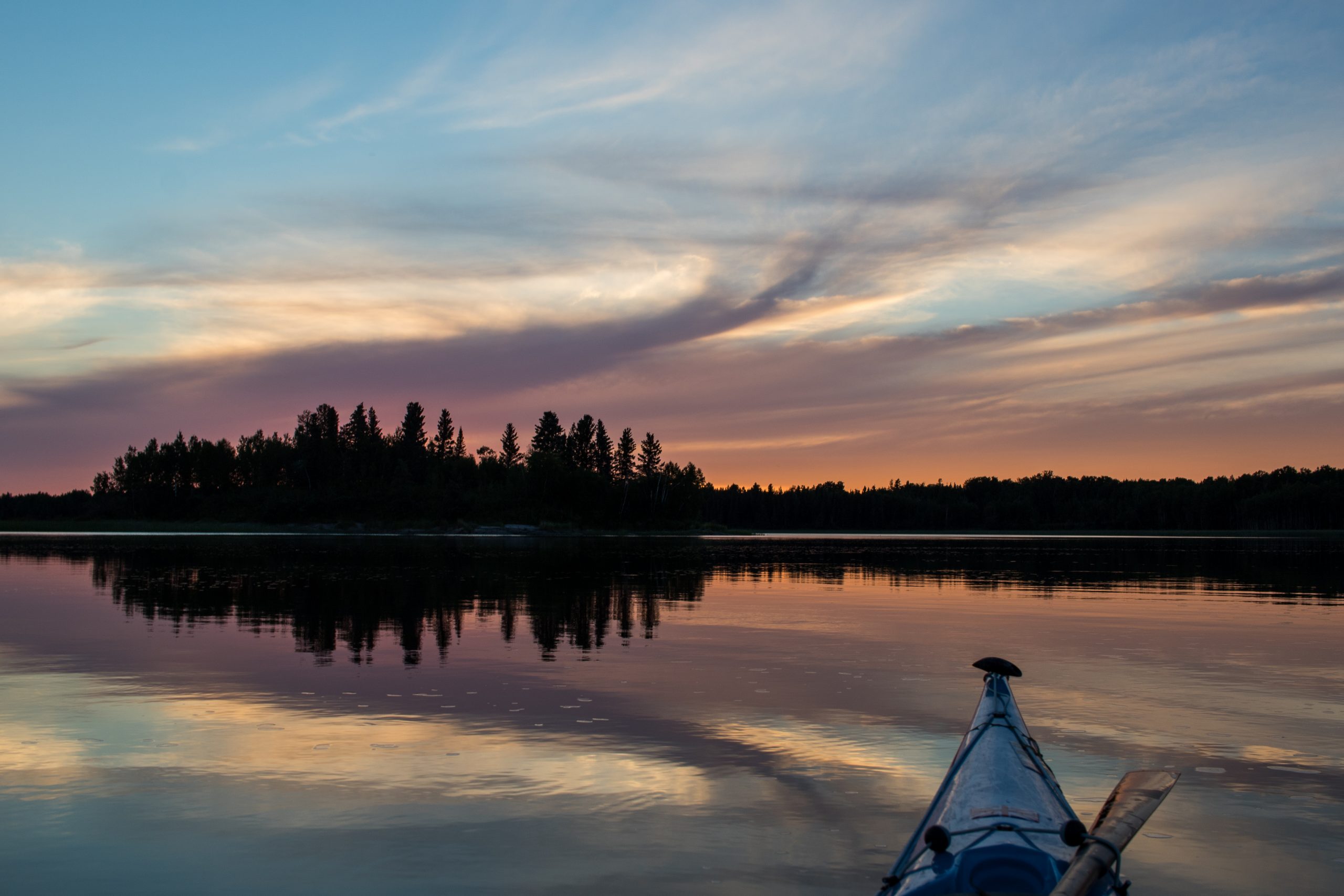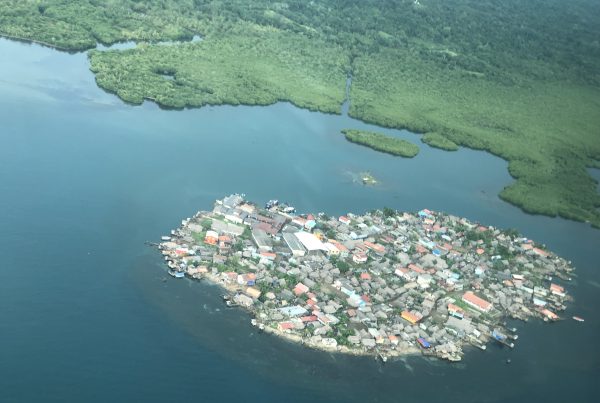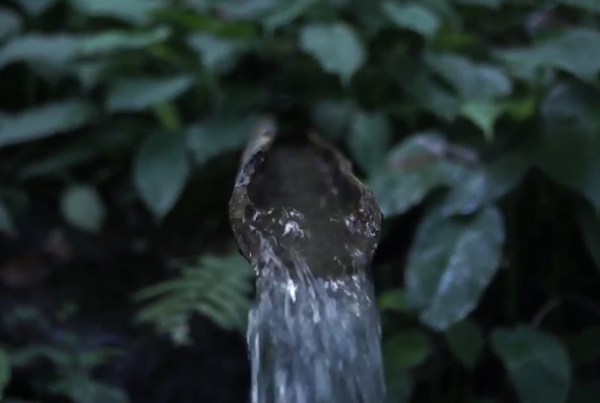In Canada, through the Pathways Initiative, indigenous peoples and governments are taking leadership together to establish Indigenous Protected and Conserved Areas (IPCAs).
The Pathways Initiative is an initiative that recognises the integral role of Indigenous Peoples as leaders in conservation, and respects the rights, responsibilities and priorities of First Nations, Inuit and Metis Peoples. Canada’s Target 1, which was designed to relate to domestic application of Aichi Target 11, was a catalyst for the Initiative, which seeks to support collective and collaborative efforts to conserve nature for the benefit of all Canadians, in the spirit and practice of reconciliation. The Initiative has led to the establishment of the following key supporting mechanisms:
- The Indigenous Circle of Experts (ICE). ICE has been involved in an intense engagement process with Indigenous knowledge holders from across Canada. Guided by traditional ways of knowing and principles of mutual respect, reciprocity and models of Ethical Space, it has introduced and developed the concept of Indigenous Protected and Conserved Areas (IPCAs) in Canada. ICE’s 2018 report, We Rise Together1, defines IPCAs as “Lands and waters where Indigenous governments have the primary role in protecting and conserving ecosystems through Indigenous laws, governance and knowledge systems.” The report provides 28 recommendations for ways that international organizations, governments, civil society, and other actors can support implementation of IPCAs in Canada.
- The IPCA Working Group. This was convened by the National Steering Committee for the Pathway to Canada Target 1 to enable further IPCA development across Canada following the release of the ICE report. The Working Group includes representation from federal, provincial, and territorial governments as well as the Assembly of First Nations. In the 2018 budget, the federal government committed $1.3 billion over the next five years to create new protected areas.2
- PCA projects across Canada are expected to receive funding through this program, and there is potential for a second round of proposals. The federal government has also committed an additional $25 million over 5 years to support Indigenous Guardian3 programs, modelled on Australia’s Working on Country program, and as of 2019 there were more than 40 Indigenous Guardian programs in place across Canada.
Examples of Indigenous led-conservation in Canada include:
- An Indigenous-led UNESCO World Heritage Site, Pimachiowin Aki4, was declared in the boreal forests of Manitoba and Ontario in 2018. Pimachiowin Aki is the first mixed UNESCO World Heritage Site in Canada, recognized for both its cultural and natural values. It covers 29,040 square kilometres.
- In December 2018, the Cree Nation on northern Quebec announced its intention to seek protected status for 30% of its territory, a total area of 80,000 square kilometres.5
- Tallurutiup Imanga, declared in August 2019, is Canada’s newest National Marine Conservation Area, covering 108,000 square kilometres. An Inuit Impact and Benefit Agreement6 established a cooperative management board and an Inuit Stewardship program for the area. Together with the 319,411 square kilometer Tuvaijuittuq marine protected area, Tallurutiup Imanga brings Canada’s total marine protected areas to 14%, exceeding the 2020 commitment of 10% of all marine waters.
Author
- IISAAK OLAM Foundation, Canada
Ecosystems
- Boreal forests
Topics
- Conservation and sustainable use
- Governance
Type
- Short-form
Date
- This case study forms part of LBO-2, originally released in 2020.
References
- Indigenous Circle of Experts (2018) We Rise Together: Achieving Pathway to Canada Target 1 through the creation of Indigenous Protected and Conserved Areas in the spirit and practice of reconciliation. Indigenous Circle of Experts. Available at: https://static1.squarespace.com/static/57e007452e69cf9a7af0a033/t/5ab94aca6d2a7338ecb1d05e/1522092766605/PA234-ICE_Report_2018_Mar_22_web.pdf
- Linnitt, C. (2018) Canada Commits Historic $1.3 Billion to Create New Protected Areas. Victoria: The Narwhal. Available at: https://thenarwhal.ca/canada-commits-historic-1-3-billion-create-new-protected-areas/
- Indigenous Leadership Initiative (2017) RELEASE: National Indigenous Guardians Network Receives Funding in Federal Budget. Ottawa: Indigenous Leadership Initiative. Available: https://www.ilinationhood.ca/2017/03/22/release-federal-budget-indigenous-guardians/
- Pimachiowin Aki (n.d.) Pimachiowin Aki. Winnipeg and Ontario: Pimachiowin Aki. Available at: https://pimaki.ca/
- Bell, S. (2018) Cree Nation identifies 30 per cent of its territory in conservation wish list. Toronto: CBC News. Available at: https://www.cbc.ca/news/canada/north/conservation-cree-quebec-plan-nord-hunt-trap-1.4941383
- Parks Canada (2019) National Marine Conservation Areas: Tallurutiup Imanga National Marine Conservation Area Inuit Impact and Benefit Agreement. Quebec: Parks Canada. Available at: https://www.pc.gc.ca/en/amnc-nmca/cnamnc-cnnmca/tallurutiup-imanga/entente-agreement



